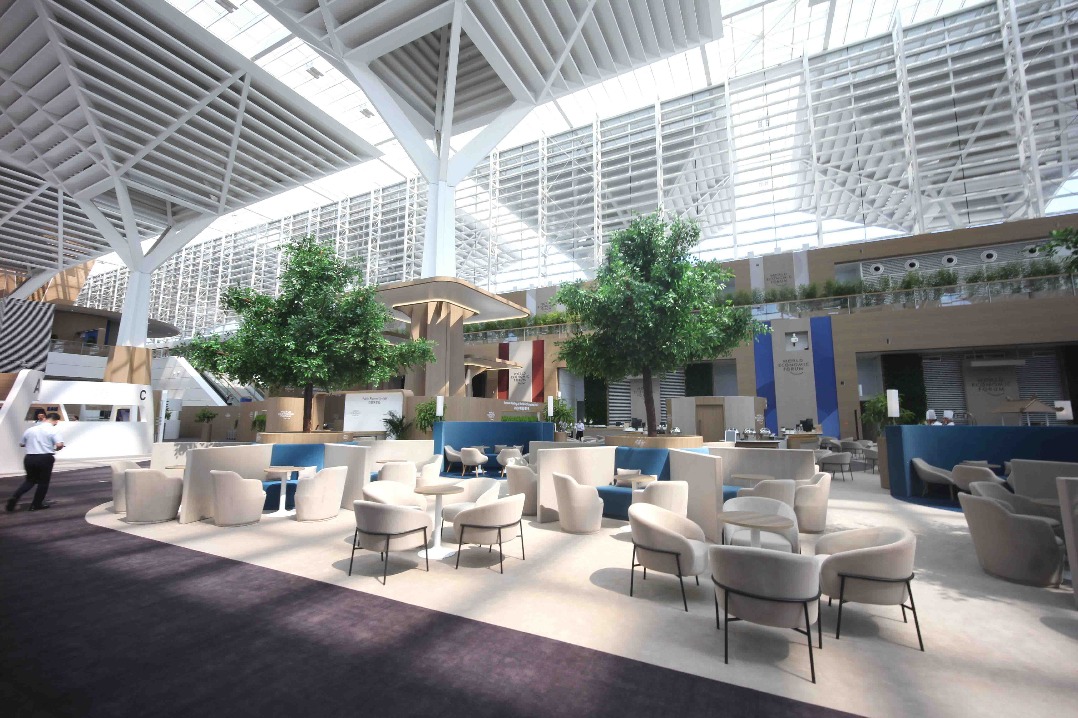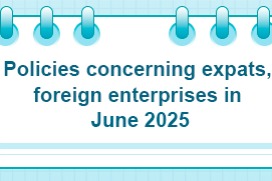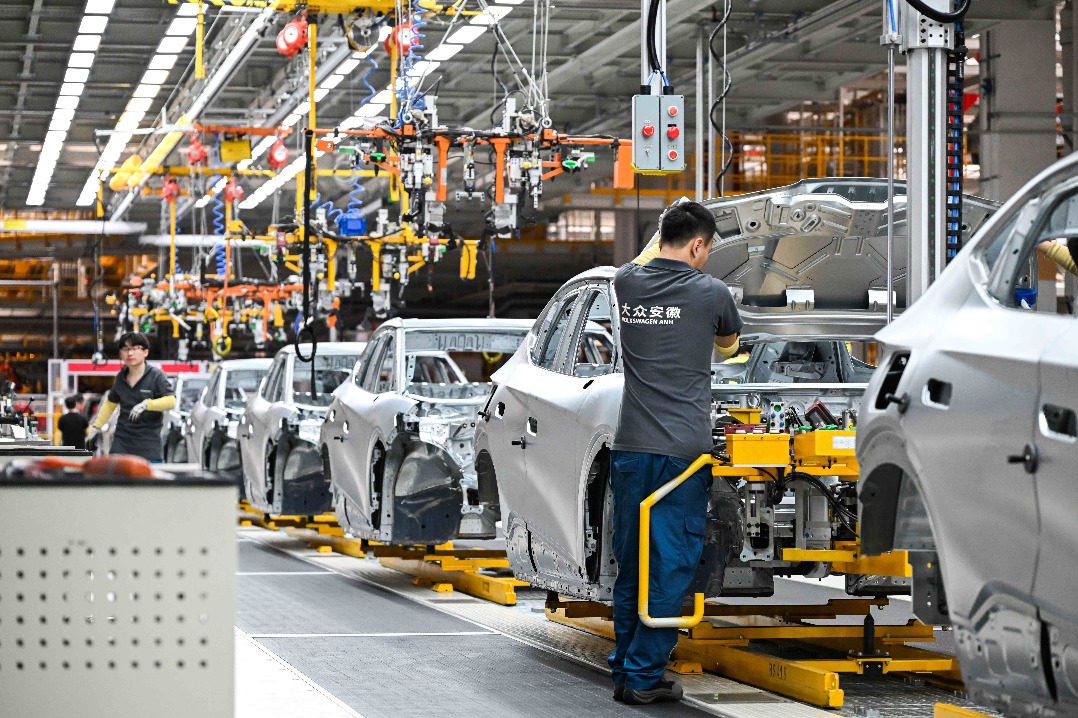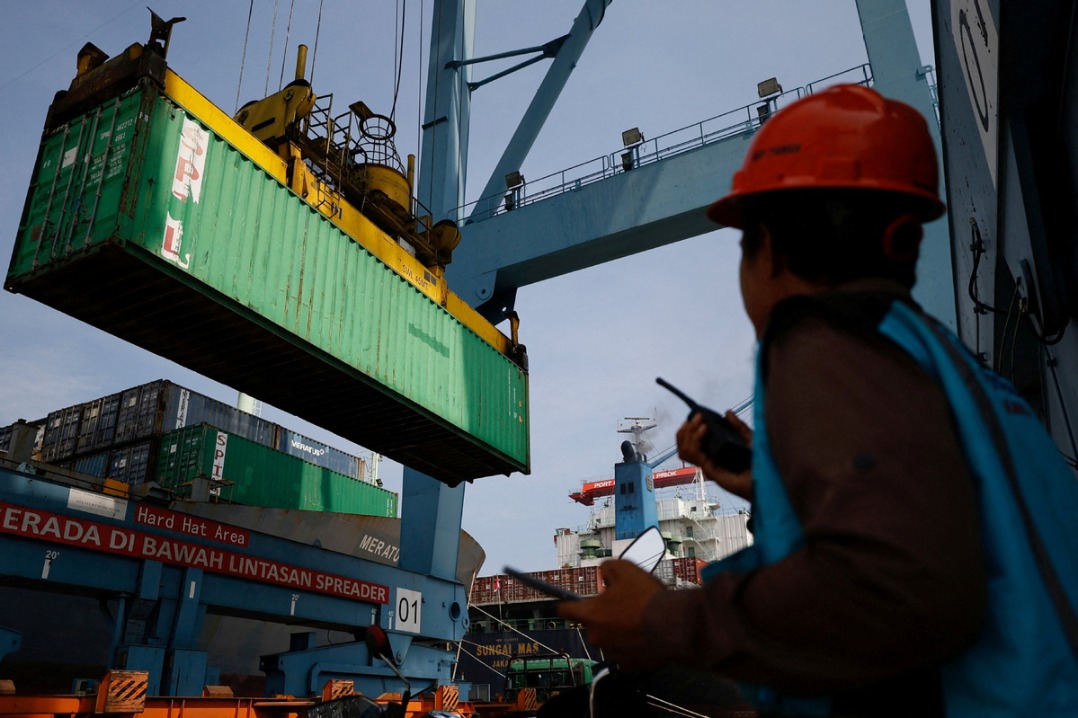How Belt and Road boost ties, investment, livelihoods, growth

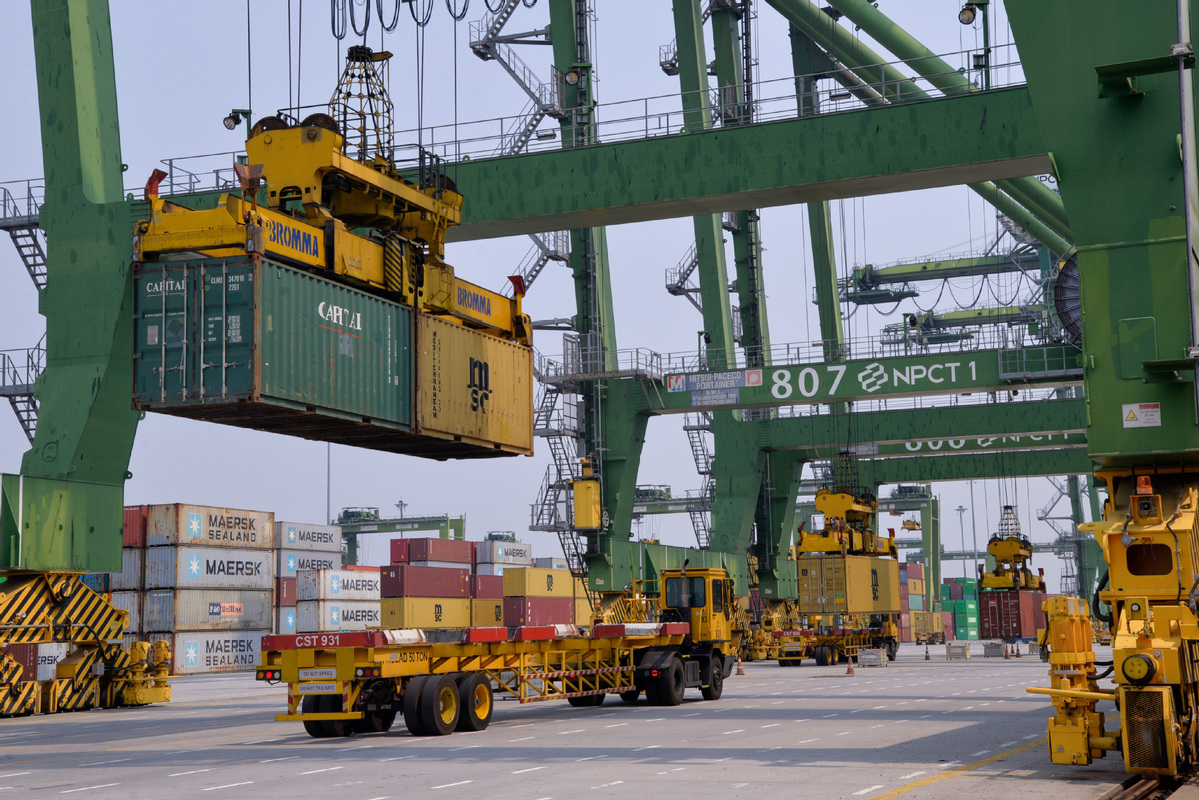
During a recent on-duty trip to China's southern Guangdong province, I visited a wide range of domestic companies, including China Southern Power Grid International Co Ltd, and learned a great deal about their experiences — amazing, fascinating stories of business expansion, including in countries and regions involved in the Belt and Road Initiative.
Executives of China Southern Power Grid International, a wholly-owned subsidiary of China Southern Power Grid, told me growth opportunities for the company are rising overseas. By the end of October 2022, the company's assets totaled 42.5 billion yuan ($5.8 billion), distributed across Southeast Asia, Europe and Latin America outside of China, and Hong Kong and Macao in China.
They said the Nam Tha 1 Lao Hydropower Project is the first such facility established by the company under the BRI framework.
Located in Bokeo province in northern Laos, the Nam Tha 1 Hydropower Station has an installed capacity of 168 megawatts. During the three years of construction, Nam Tha 1 Lao Power Co, its operator, managed to build 11 resettlement sites that could accommodate 10,000 migrants. At the resettlement sites, road, water and electricity access are available for residents, significantly improving their life quality.
During the past decade, China has made considerable progress in terms of facilitating high-quality development under the BRI framework, with over three-quarters of the world's countries and major international organizations joining the initiative.
As of the end of June, China had signed more than 200 BRI cooperation agreements with more than 150 countries and over 30 international organizations, official data showed.
Under the BRI framework, China and other BRI countries have built a wide range of infrastructure projects as well as social infrastructure like hospitals and schools, which not only promote economic growth and generate lots of jobs but also improve livelihoods.
Wang Ming, director of the Institute of Comprehensive Transport, which is part of the National Development and Reform Commission, said the BRI will continue to yield substantial cooperation, investment and growth opportunities for participating countries and regions.
In fact, the BRI has played a key role in deepening policy communication among countries, promoting global connectivity, reshaping international trade patterns and driving world economic growth since its inception 10 years ago.
According to a white paper recently released by China's State Council Information Office, from 2013 to 2022, the cumulative value of imports and exports between China and BRI countries reached $19.1 trillion, with an average annual growth rate of 6.4 percent.
During that period, the cumulative two-way investment between China and partner countries reached $380 billion, including $240 billion from China. The value of newly signed construction contracts with partner countries reached $2 trillion, and the actual turnover of Chinese contractors reached $1.3 trillion.
In 2022, the value of imports and exports between China and partner countries reached nearly $2.9 trillion, accounting for 45.4 percent of China's total foreign trade over the same period, representing an increase of 6.2 percentage points compared with 2013.
Meanwhile, the total value of Chinese private enterprises' imports from, and exports to, partner countries exceeded $1.5 trillion, accounting for 53.7 percent of the trade between China and these countries over the same period.
Wang said the BRI has become a popular platform offering international public goods, playing a positive role in promoting health, green and digital construction of the Silk Road and fostering new growth points for the world economy.
Looking ahead, Wang said there are still huge room and great opportunities for international cooperation in various fields. These include the following: the transformation and upgrade of traditional infrastructure toward intelligence and sustainability; public health development and traditional Chinese medicine; clean energy and green, low-carbon development; the digital economy and technology innovation; and intellectual property rights protection.

















